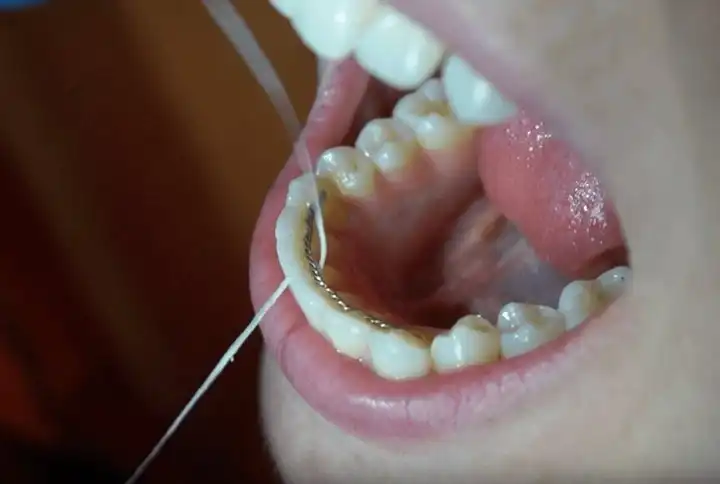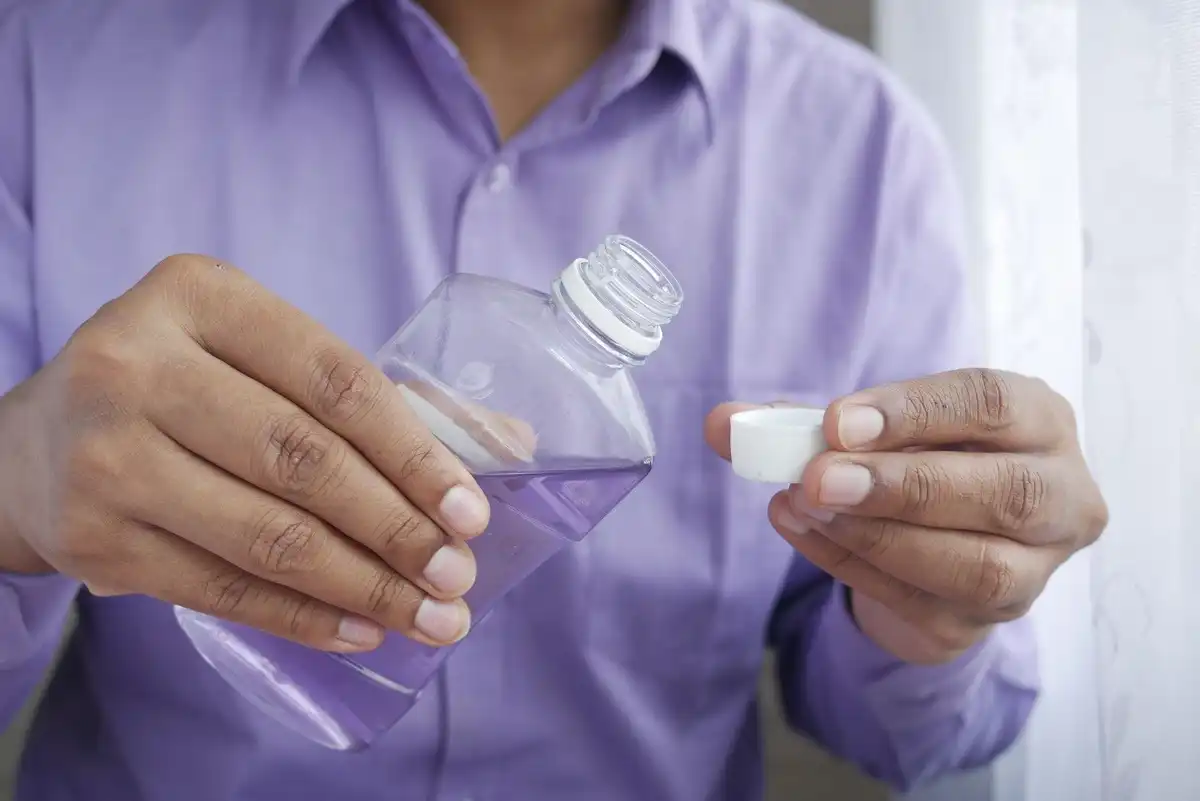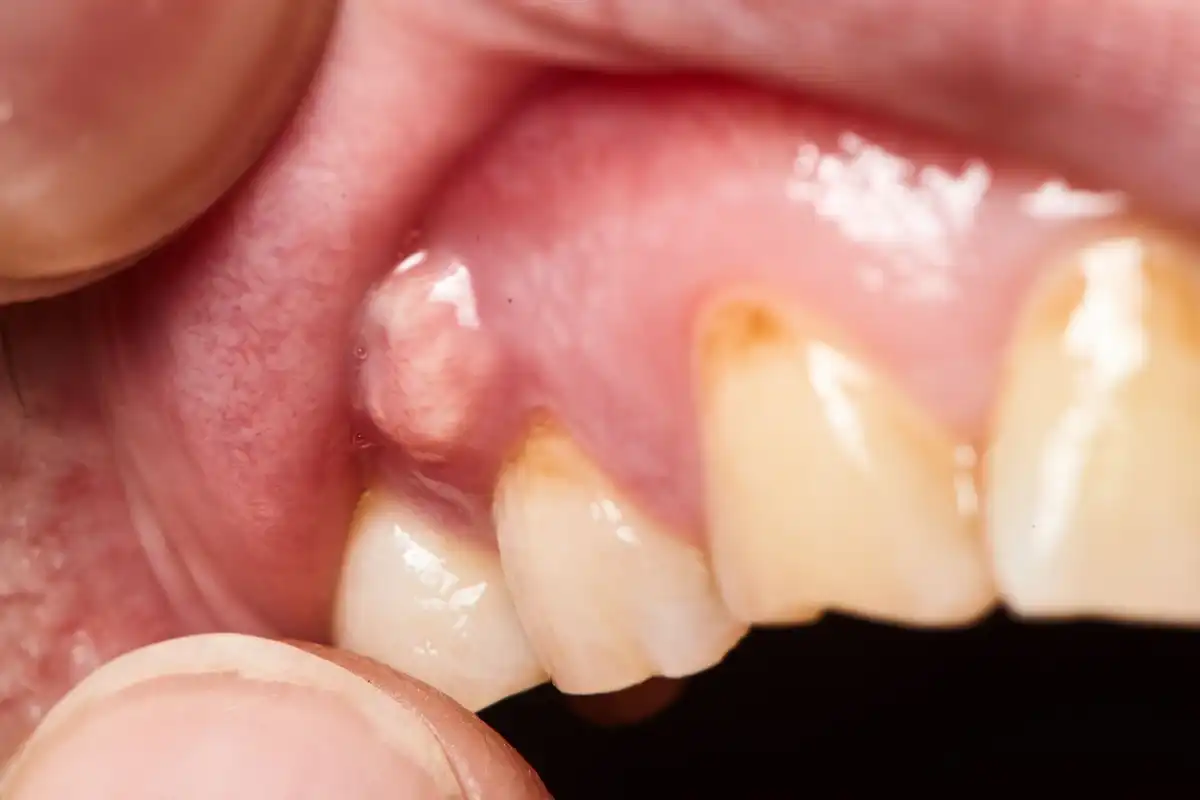Teeth Bonding: What To Expect & Dental Bonding Cost


Teeth bonding or dental bonding is a conservative, affordable, yet dramatic option for people who need to quickly address isolated “flaws” in their natural teeth. You can almost think of dental bonding as a cross between a white filling and a cosmetic veneer.
What Is Dental Bonding?
Composite tooth bonding material is similar to tooth-colored dental fillings. Since it comes in various shades, your dentist can match it to your unique tooth color. That way, once it’s bonded to your tooth, you can’t really tell where the enamel stops and the dental bonding starts.
Since dental bonding adheres closely to your porous tooth enamel, it can be placed at various points throughout your smile.
When Would I Need Dental Bonding?
You might need dental bonding for issues like:
- Pitted tooth enamel
- Discolored teeth
- A small chip in your tooth
- Uneven or atypical tooth shape
- Exposed root surfaces (gum recession)
- Broken tooth or physical injuries to teeth
- Small gaps between teeth
Dental bonding is appropriate for patients of all ages. It’s frequently used to repair chipped front teeth, which is a common dental injury in children.
However, tooth bonding is not appropriate if there is major structural damage to a tooth. If an extremely large area is broken off or worn down, something that provides added reinforcement will be required, such as a dental crown.
Dental Bonding vs. Veneers: What’s The Difference?
Although dental bonding and dental veneers offer significant cosmetic benefits, the two couldn’t be more unlike one another.
Cosmetic dental veneers are lab-made shells of porcelain that fit over the entire visible surface of your natural tooth. They are also installed on several teeth at once to achieve overall symmetry and color across your smile.
On the other hand, dental bonding only covers a portion of the visible tooth surface, leaving the surrounding natural enamel untouched. It’s a partial cover placed by hand (not made in a lab.) Only one visit is required instead of two.
Teeth bonding can also be used for restorative purposes, such as when you’re repairing physical damage to a tooth.
All of that being said, there’s another in-between option you also want to know about. Composite (chairside) veneers. These veneers are essentially made out of bonding material and cover the entire tooth. But bonding agent isn't as durable or translucent as porcelain materials are.
The Dental Bonding Procedure: What’s involved?
If you’ve ever had a dental filling, bonding is even easier. Most dental bonding procedures do not even require numbing medication (local anesthetic) or nitrous oxide sedation. It’s as easy as sitting still for a few minutes, just like you would when you’re getting your teeth cleaned.

At the time of your appointment, the dentist will isolate the tooth and may use a small prop to help you keep your mouth open (but not always.) They will also use a special shade guide to determine the color of your tooth and select a matching composite blend.
In most cases, a small buffing tool is used to gently roughen up the tooth enamel in that space. A slight etching material is usually applied to the enamel as well, but you won’t feel anything.
Next, your dentist will use a special tool to apply the bonding and then shape or mold it to the tooth. Once the desired shape is achieved, a bright light is used to cure (harden) the bonding material in place. They might also polish it out to ensure a smooth, glossy surface.
After the tooth is bonded, you’re good to go! There is no numbing medication to wear off, and you won’t have any soreness to recover from. Just be sure not to bite down on anything too hard with your tooth.
How Much Does Teeth Bonding Cost?
Bonding prices depend on the size of the bonded area and how many teeth are involved. And if the procedure is strictly cosmetic in nature—as in, there’s nothing physically wrong with your teeth like a fracture or chipped enamel—it might not be covered by your dental insurance policy, whereas restorative bonding treatments may.
You’ll want to consider additional costs in the future when it comes time to update or replace your bonding.
How Long Does Dental Bonding Last?
Because of how dental bonding is made and where it’s attached to your teeth, it isn’t usually as strong or durable as fillings and crowns. If you bite down on a tooth with bonding along the edge, there’s a good chance the bonding will break off.
Fortunately, as long as you care for your tooth properly and avoid excess pressure on that area, you can expect bonding to last at least five years. Some people’s restorations last as long as ten years.
Over time, your bonding will slightly chip away or leak, leaving visible stains around the edges of the material where the bonding meets your tooth.
How To Take Care Of Your Dental Bonded Tooth
The better you care for your dental bonding, the longer you can expect it to last. Here are some important tips to follow:
1. Wear a nightguard when you’re sleeping
Especially if you’re prone to clenching or grinding your teeth. Night guards will take the pressure off of your bonding and other dental work, extending their overall lifespan. Smaller bite splints are also available for daytime wear
2. Good oral hygiene practices
Bacteria and stains can accumulate around your bonding, so you need to clean that tooth the same as any others. Plan to brush twice a day and floss daily. Flossing won’t pull it off! On a side note, avoid harsh products like baking soda.
3. Don’t whiten your teeth
4. Don’t bite straight into things
Teeth bonding isn’t as strong as a dental crown or veneer, so it’s important not to bite straight down into harder foods.
What Are The Risks Of Dental Bonding?
The American Dental Association (ADA) recognizes dental bonding as a safe and effective treatment option. Tooth bonding is an extremely conservative treatment that’s practically non-invasive or, at most, minimally invasive. The ADA also states that dental bonding can be a good option for people who are looking for a less invasive and less expensive alternative to other types of restorative dentistry procedures like dental implants. There are few risks. The biggest one is the risk of the bonding breaking off when you bite down on something. If the tooth needs to be reshaped or local anesthetic injected, there are typical risks as with any type of dental filling.
Can Tooth Bonding Prevent Cavities?
Dental bonding can help to prevent tooth decay by sealing off areas of the tooth that may be susceptible to tooth decay, such as areas around fillings or areas with deep grooves or pits. The bonding material is applied to the tooth and then hardened with a special light, creating a protective barrier that can help to keep bacteria and plaque from accumulating in those areas.
Talk With Your Dentist About Cosmetic Dentistry
Bonding can be a quick, painless, affordable option for anyone who needs to repair a small issue on their otherwise healthy tooth. But bonding isn’t right for everyone or every tooth surface. Always talk to your dentist to find out if you qualify for bonding and to see if another option might actually be better. No matter which dentist you’re seeing, they should provide you with an itemized care plan that lists all of the fees included or alternative options to consider (if appropriate.)
Tooth Bonding Recap
Composite dental bonding is a fast, pain-free solution for specific cosmetic dental flaws. Such as chipped enamel or small gaps between teeth. Even if insurance doesn’t cover cosmetic dental treatments, dental bonding is fairly affordable when it comes to cosmetic dental procedures. (Compared to dental implants and porcelain veneers!) Most people don’t even need to have their teeth numbed during the procedure. If you have a tooth that bothers you when you smile, ask your dentist if tooth bonding over it is an option!

Make your inbox smile!
Subscribe






